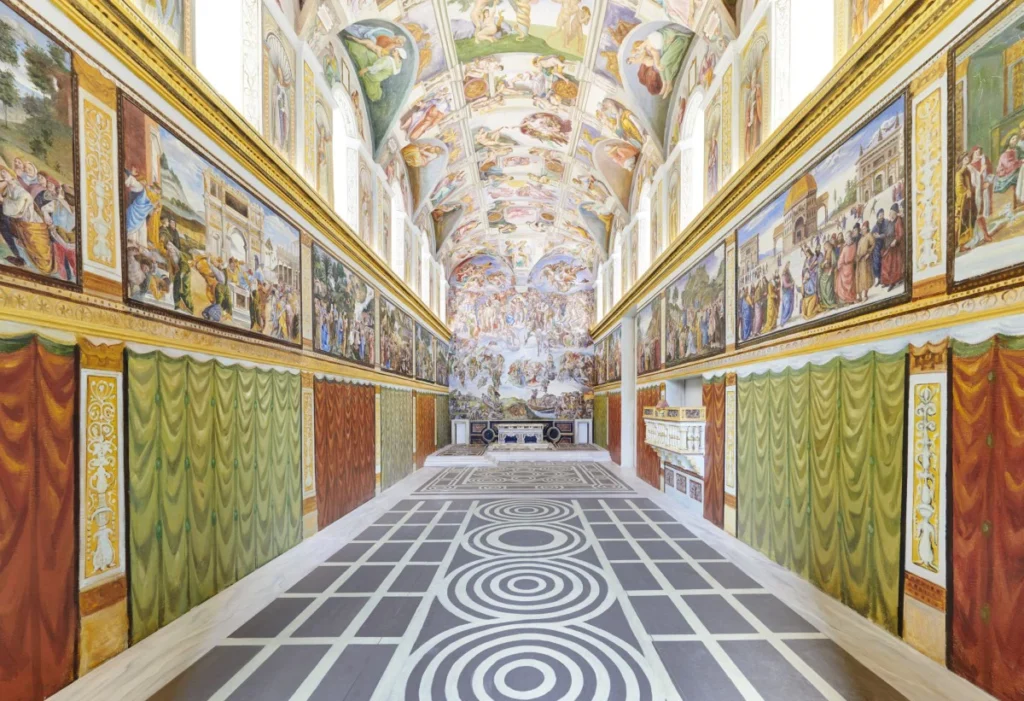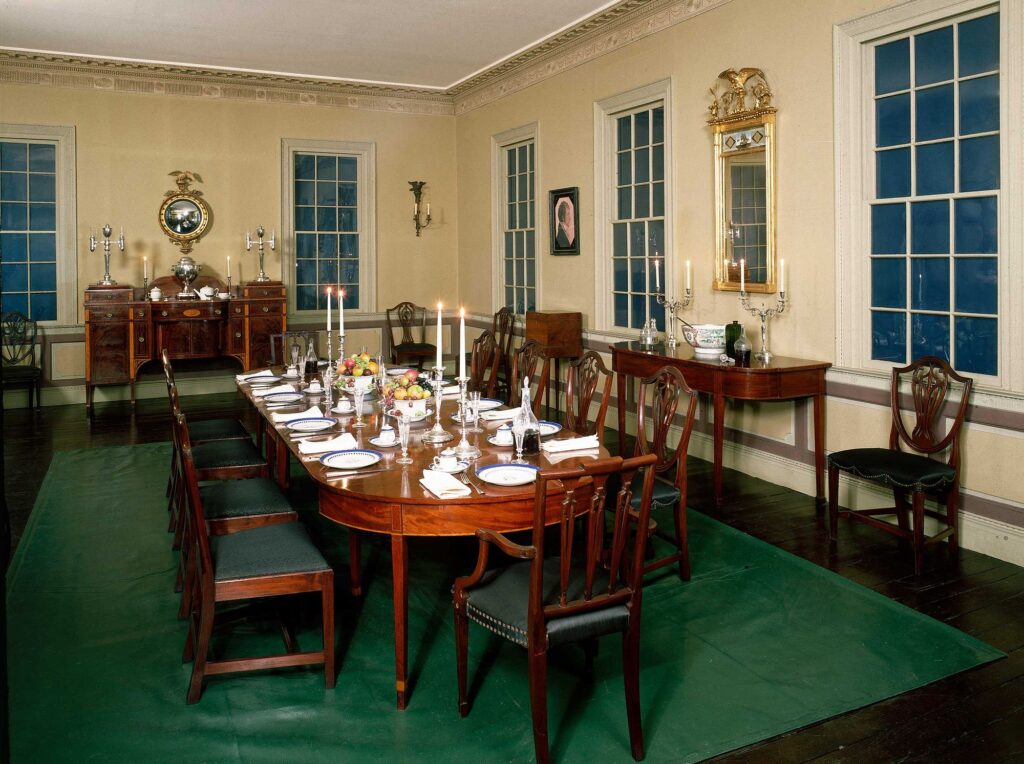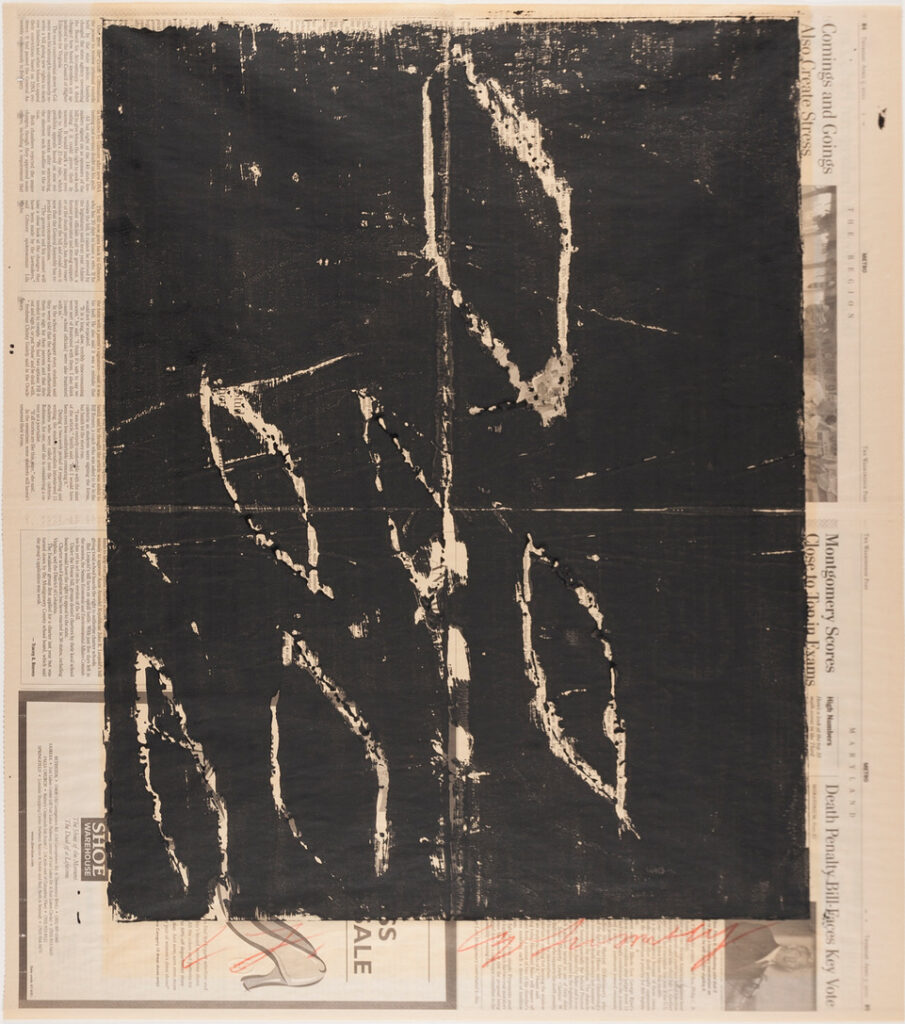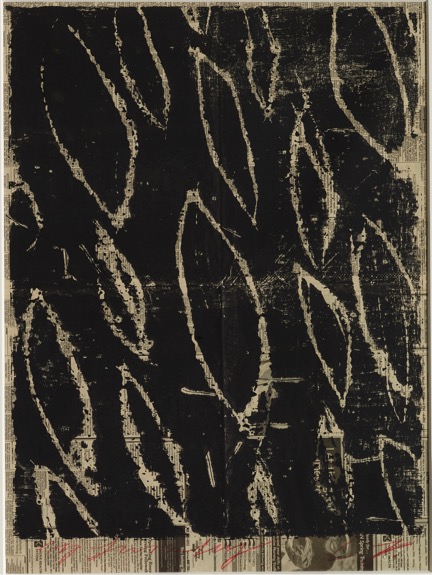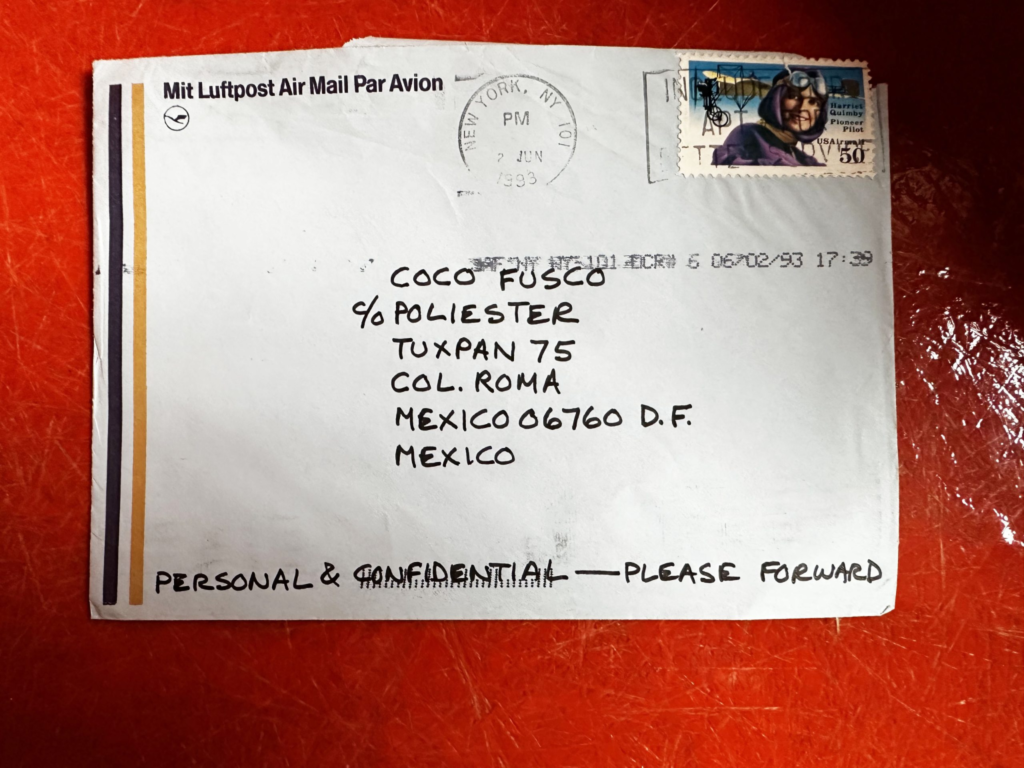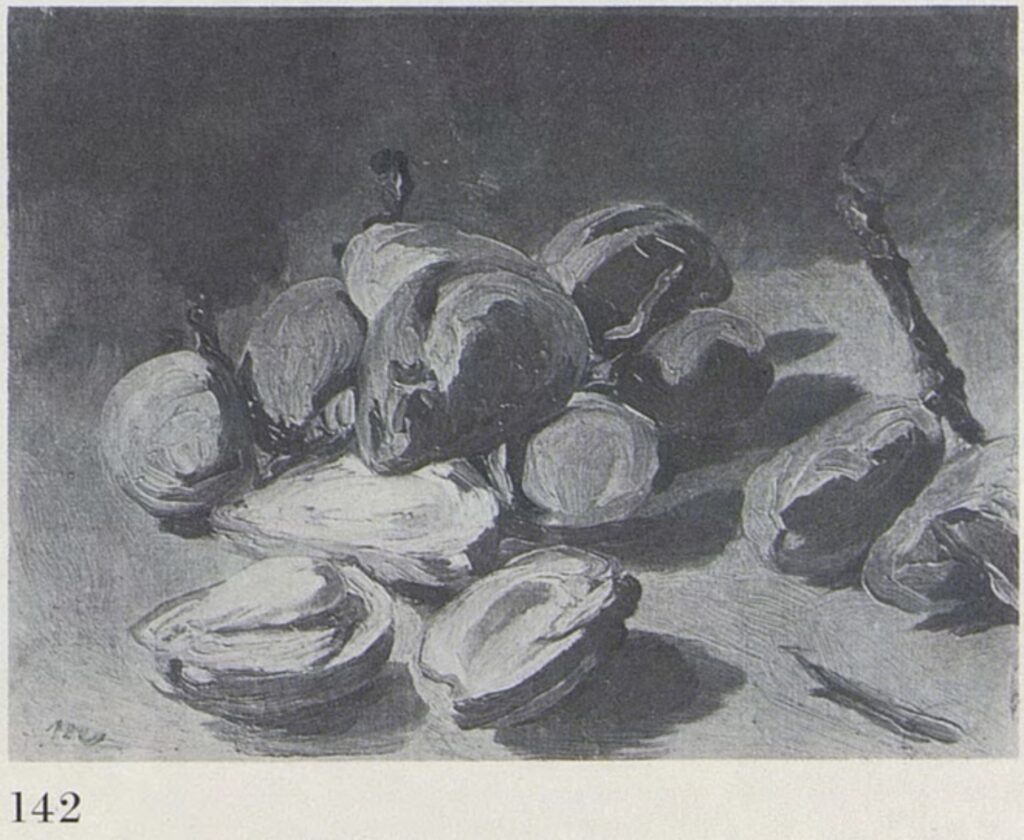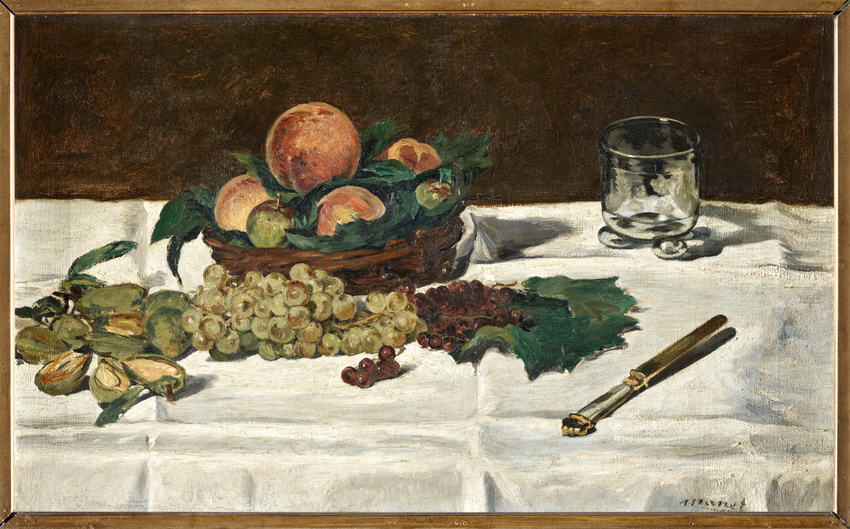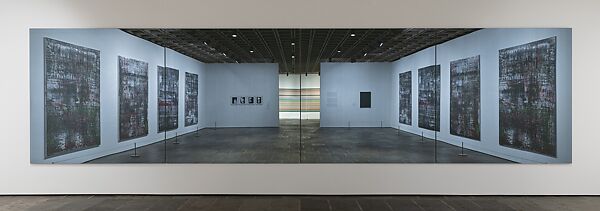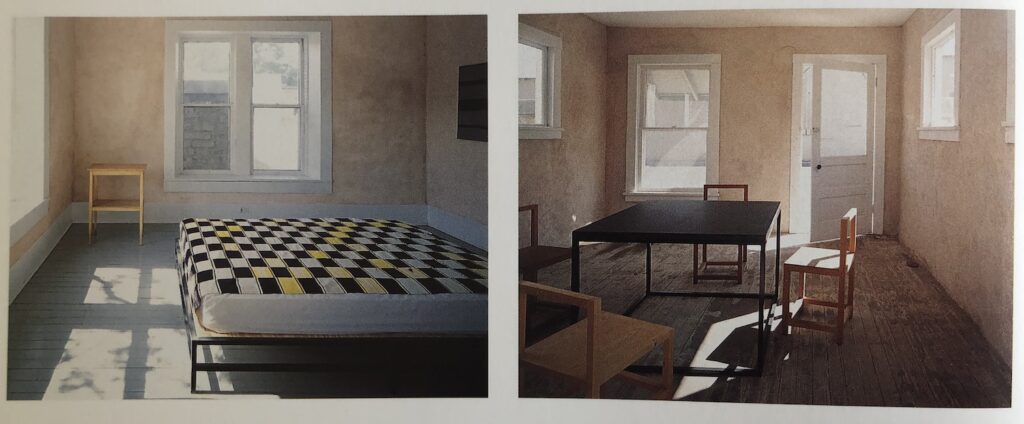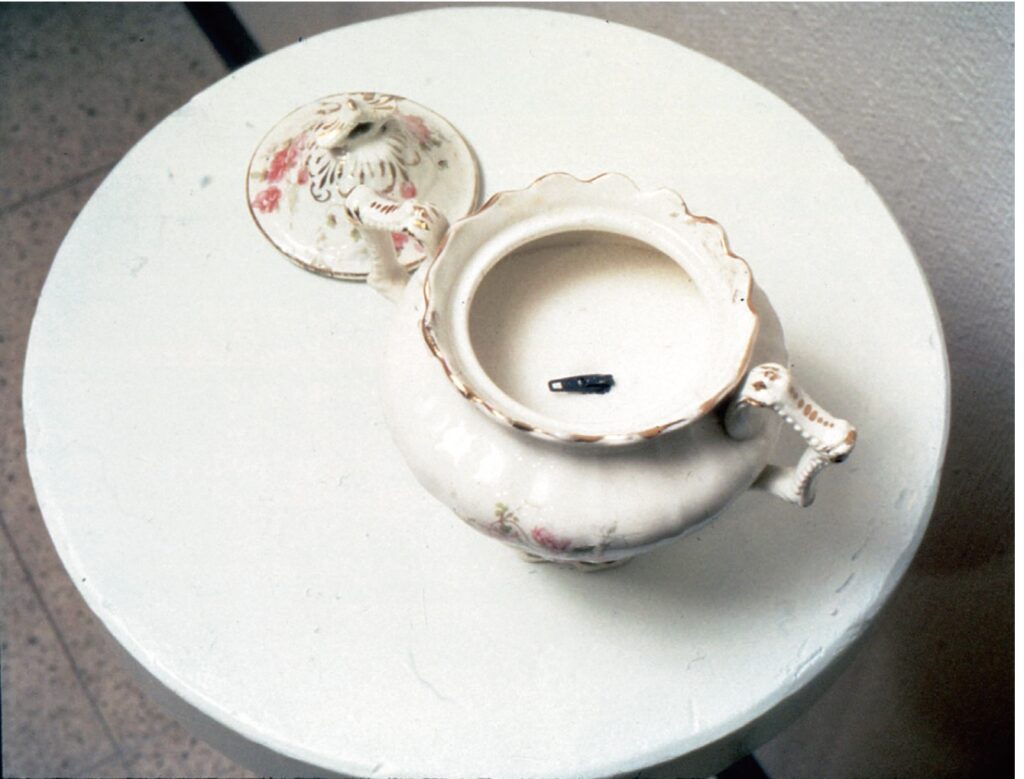
In 1971 sheriffs removed Brancusi’s Muse from the Guggenheim Museum, executing a 1969 court order that granted the sculpture to watch manufacturer Arde Bulova’s widow Ileana. Beginning in 1958, Mrs Bulova spent eleven years disputing her husband’s will, in which he left Muse to the museum. The couple had separated in 1955, soon after Ileana bid on Muse at Sotheby’s Parke Bernet—and Arde had paid for it. She successfully contended it was her property. Present at the seizure, Ileana told the New York Times she turned down a $200,000 offer from the Guggenheim, and would consider renting it to museums for a cut of the box office.
In 1981 Bulova sold Muse to Upper East Side art dealer Andrew Crispo for $800,000. His offer to flip it back to the museum was rejected. In the Fall of 1984 Crispo and a young security guard at Crispo’s gallery, Bernard Le Garos, lured a 28yo Canadian bartender to the gallery where they, along with three other men, bound, tortured, and sexually assaulted him for six hours.
That victim only came forward in the Spring of 1985, when he saw Le Garos on television, after his arrest for the murder of a 26yo Norwegian model and student named Eigil Dag Vesti. In February, Crispo and Le Garos had picked up Vesti, and while he was bound and masked, Le Garos shot him in the back of the head. They burned his body and abandoned it in the woods in Rockland County.
In the Fall of 1985, after Crispo pleaded guilty to tax evasion, the Guggenheim reacquired Muse from his creditors for $2 million. In December 1985, on the occasion of the sculpture’s return to public view, Guggenheim director Thomas M. Messer told Grace Glueck of the New York Times, “Obviously, it was very traumatic to have one of our central pieces removed from the museum under the guns of the deputy sheriffs and over our dead bodies.”
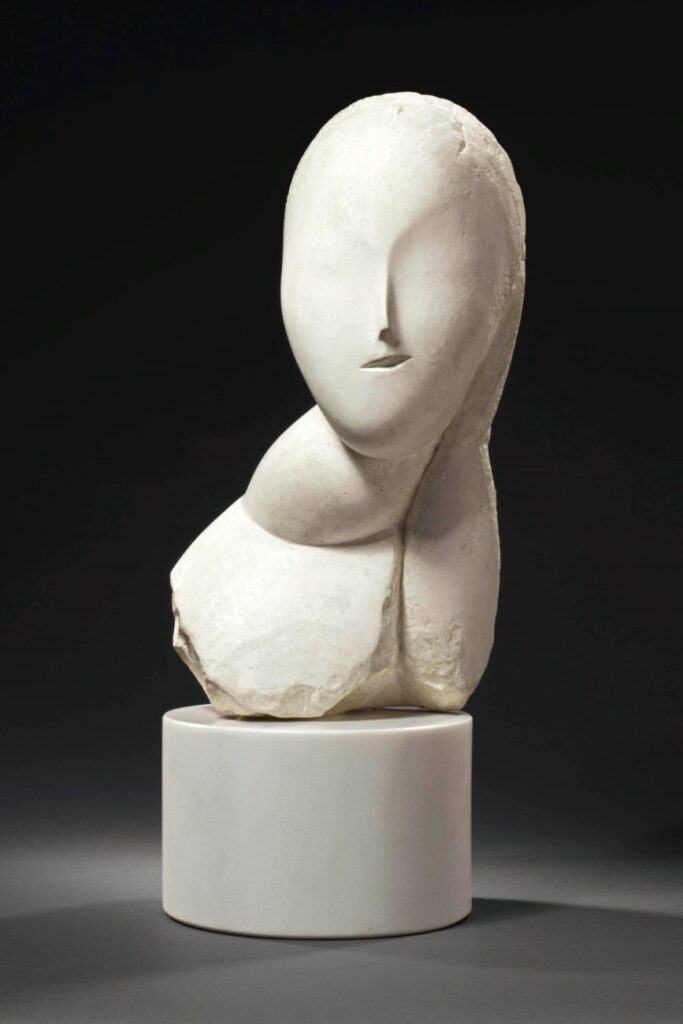
In 1955 the Guggenheim had also been given a plaster version of Muse by Walt Kuhn, who acquired it from the 1913 Armory Show, which he helped organize. Reporting in 1985, Glueck was under the impression that the Guggenheim still owned that sculpture. But it turns out they had sold it privately to Harold Diamond in 1979, the year his 15-year-old son Mike co-founded a hardcore band called the Young Aborigines, and two years before they kicked out their drummer for being a girl and changed their name to the Beastie Boys. In November 1986, four days after License to Ill [original title: Don’t Be A F****t] was released, Muse turned up at Christie’s.
Though Le Garos said he’d murdered Vesti on Crispo’s orders, Crispo was never charged in the death. Though Le Garos corroborated the gallery assault victim’s account and pleaded guilty to kidnapping and torture, Crispo claimed it was all consensual, and was acquitted in 1988. Thanks to David Platzker, I learned today that Crispo died in February 2024, three weeks after Carl Andre.


